How to Get Your Garden Ready for Winter
Getting your garden winter-ready doesn't have to be a daunting task. By taking some simple steps now, you can ensure that your garden will be healthy and ready for the next season.
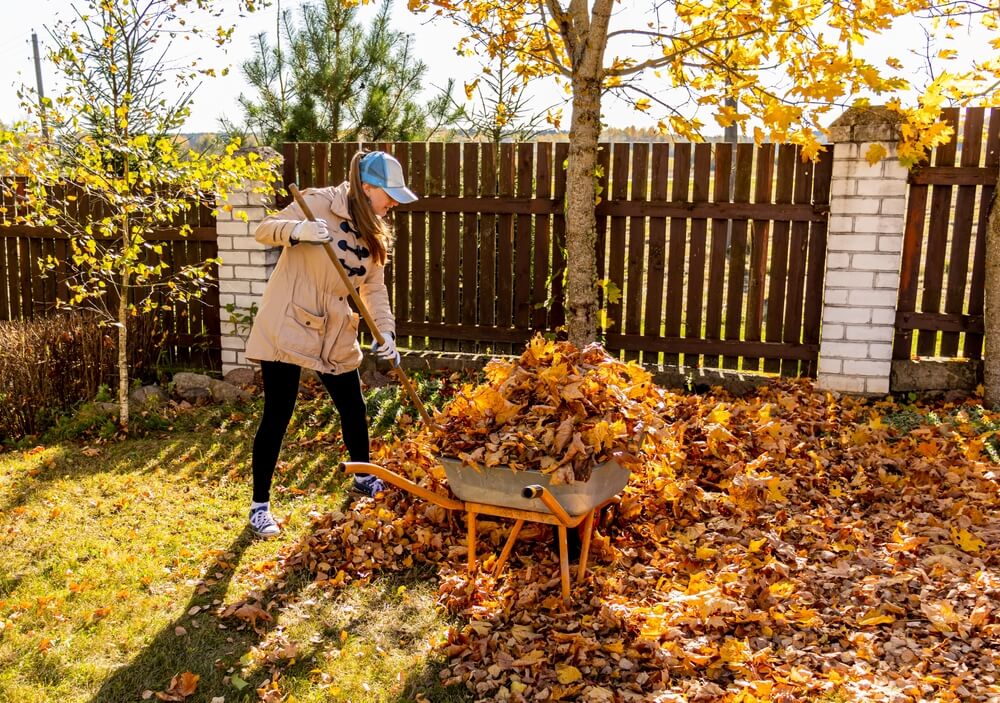
As the days grow shorter and the temperatures begin to drop, now is the time to start thinking about how to protect your garden from winter damage. Frost, snow and ice can all wreak havoc on your plants, so it's crucial to take proactive steps to ensure your garden survives the winter unscathed and is ready for spring.
In this post, we offer some of our favorite tips and suggestions for how to get your garden winter-ready. By doing some of this work now, you'll ensure that garden is ready to go once spring comes around.
Clean up your yard
Cleaning your garden now will help ensure it is ready for the winter months. Start by removing any dead or dying plants. These can provide a home for pests and diseases that can damage your other plants. Tidy up loose leaves and debris, sweep your walkways and put away your garden tools. This will prevent mold and rot from setting in over the winter and keep your tools corrosion and damage-free.
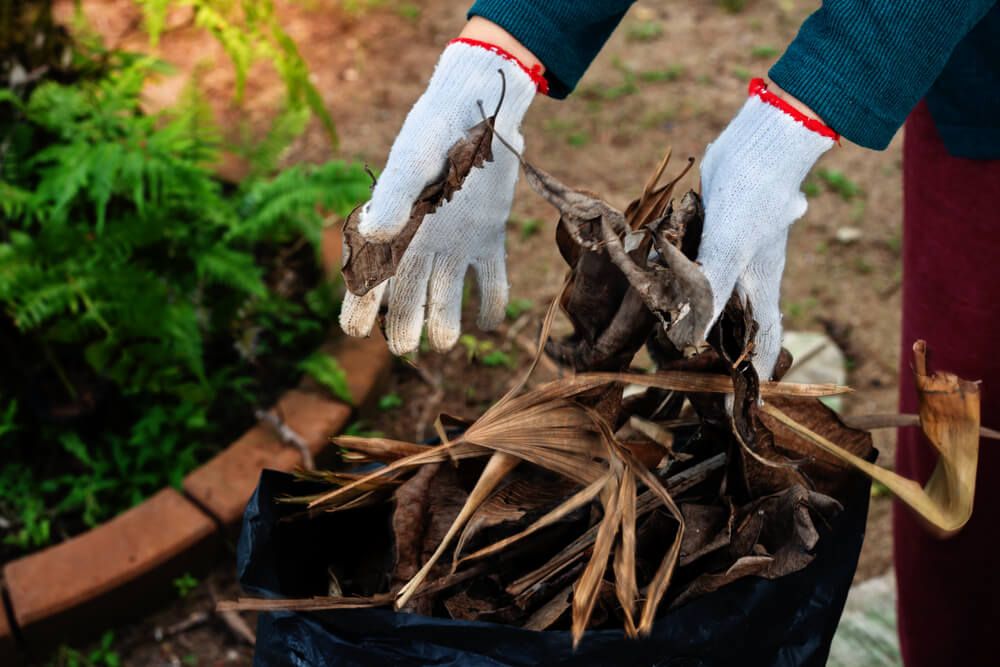
Trim back your perennials
As plants die, they become susceptible to mold and pests. Trimming them down helps to protect them from the harsh winter weather and encourages new growth in the spring.
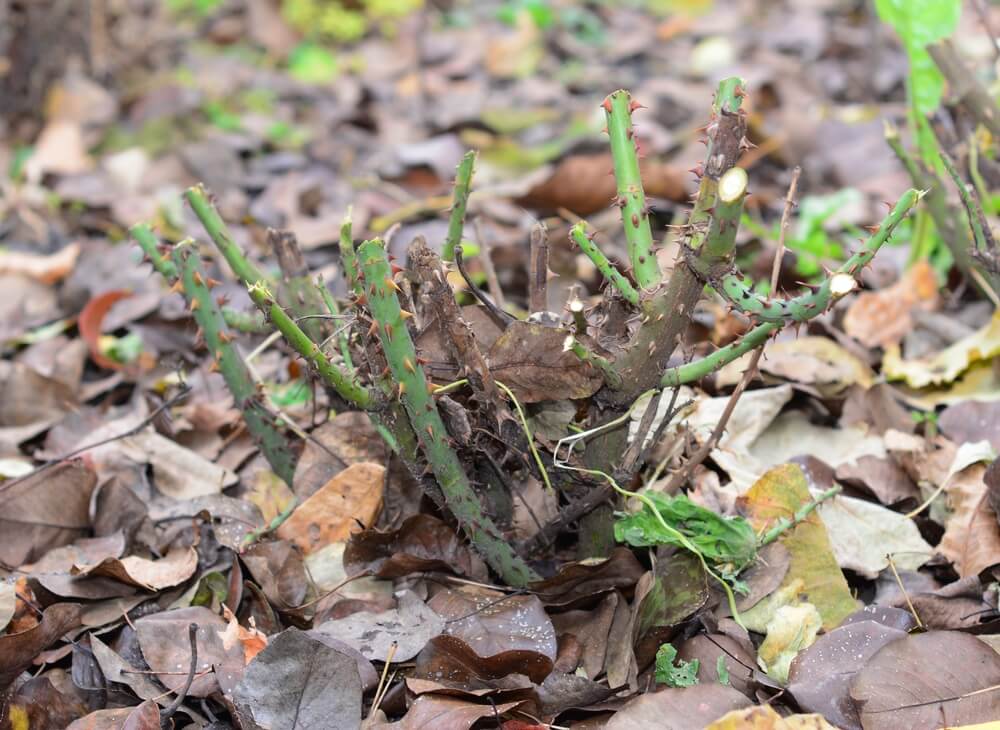
When trimming perennials for winter, cut them back to about six inches above the ground. This will give them plenty of time to regrow in the spring. Larger bushes and plants, particularly susceptible to winter damage, including roses, camellias and citrus trees, need additional protection. To protect them from harsh winds and frigid temperatures, build a protective barrier around them using burlap or frost cloths. Be sure to secure the fabric well, so it doesn’t blow away in the wind.
Add mulch
Mulching your garden beds is one of the best things you can do to protect your plants from winter damage. Mulch helps to insulate the ground and keeps it protected from the elements. It also helps to conserve moisture, preventing the soil from drying out. In addition, mulch can help to suppress weeds, keeping your garden beds tidy and free of unwanted growth. Use an organic mulch such as straw or shredded leaves, and apply it two to four inches thick.

Bring tender plants indoors
If you have any tender plants that are not frost-hardy, late fall is the time to bring them indoors for the winter. This includes potting them up if necessary and placing them in a sunny spot near a window where they will receive enough light but won’t be exposed to drafts. Water them regularly, but ensure that the pots have drainage holes, so the roots don’t become waterlogged.
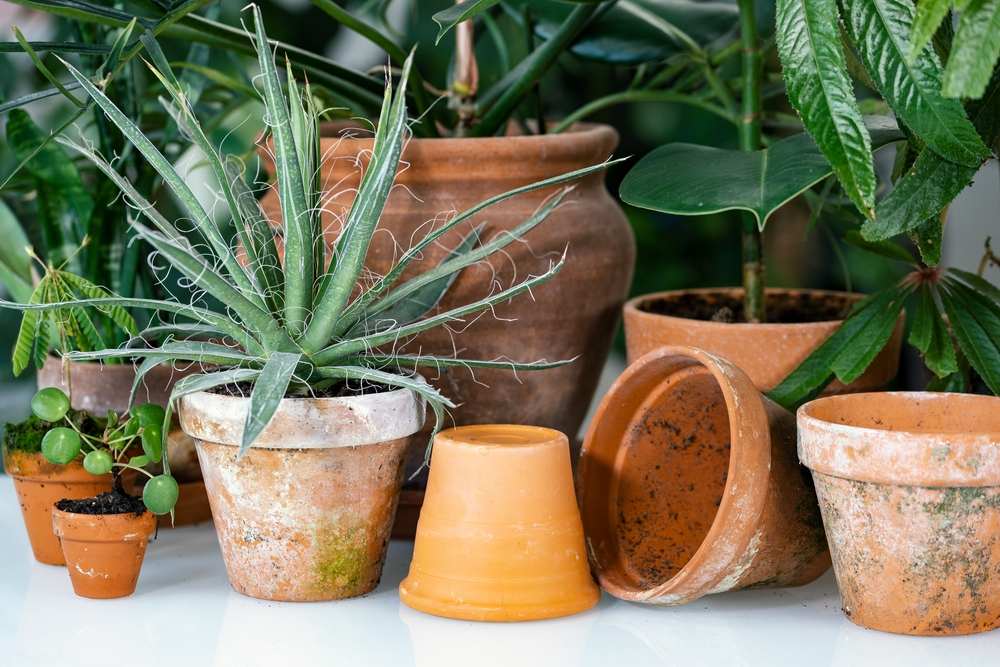
Cover your patio furniture
Cold temperatures, rain and snow can cause damage to unprotected garden furniture. Put away all the cushions and umbrellas in storage and cover your furniture with a tarp or cover to protect it from the elements and prevent it from getting damaged.
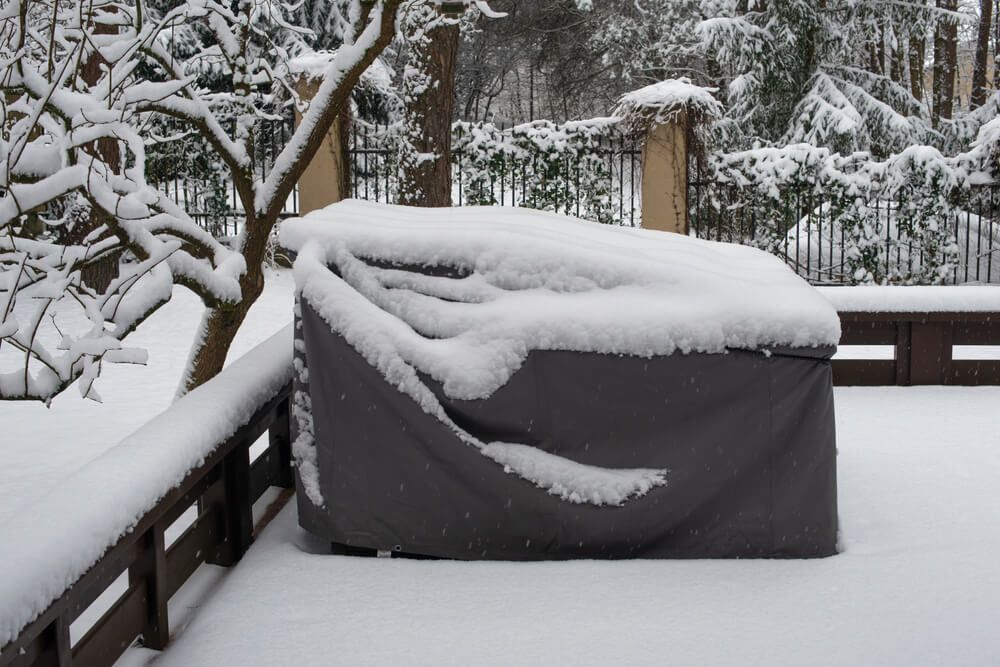
It's important to cover your patio furniture to prevent insects and other pests from taking up residence. This creates a barrier that stops them from getting inside and keeps your garden free of pests. This will keep everything clean and protected for the next season.
Check your irrigation system
Before the first frost hits, take some time to check your irrigation system and make sure that it is functioning properly. Repair any broken sprinklers or leaks, and flush the lines with clean water to prevent them from freezing solid during cold weather. Doing this as part of winterizing your garden now will save you a lot of time and hassle when trying to get your garden started in the springtime.
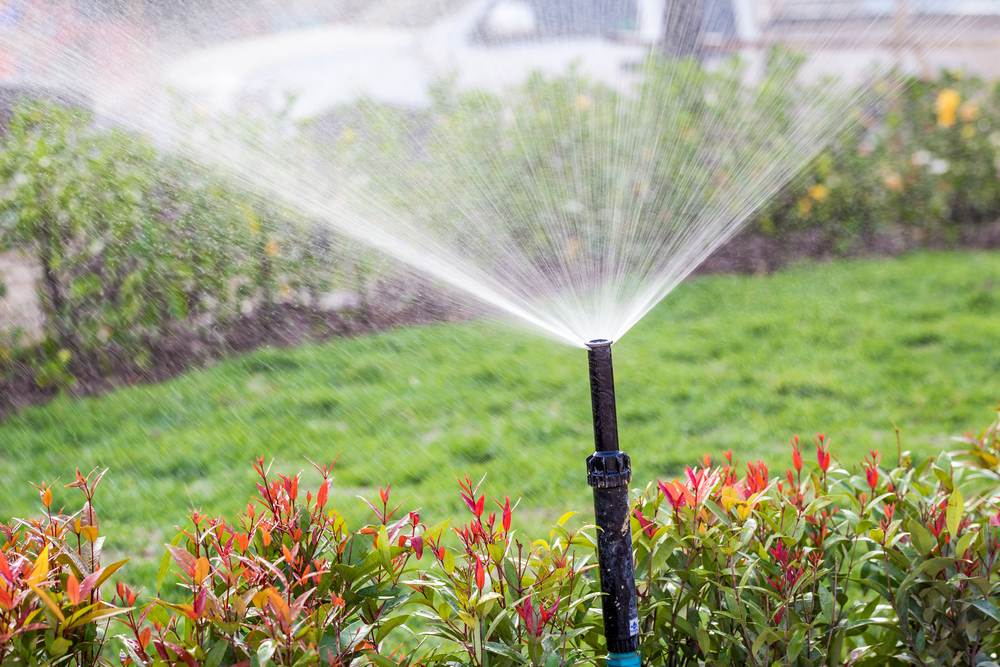
Conclusion
By following these tips and suggestions, you can help ensure that your garden survives the winter unscathed. To get your garden winter-ready, choose the right plants, cover things up, and keep an eye on the forecast. Don’t forget to bring items inside as needed to ensure you can enjoy your garden next season and watch it thrive all season long.
